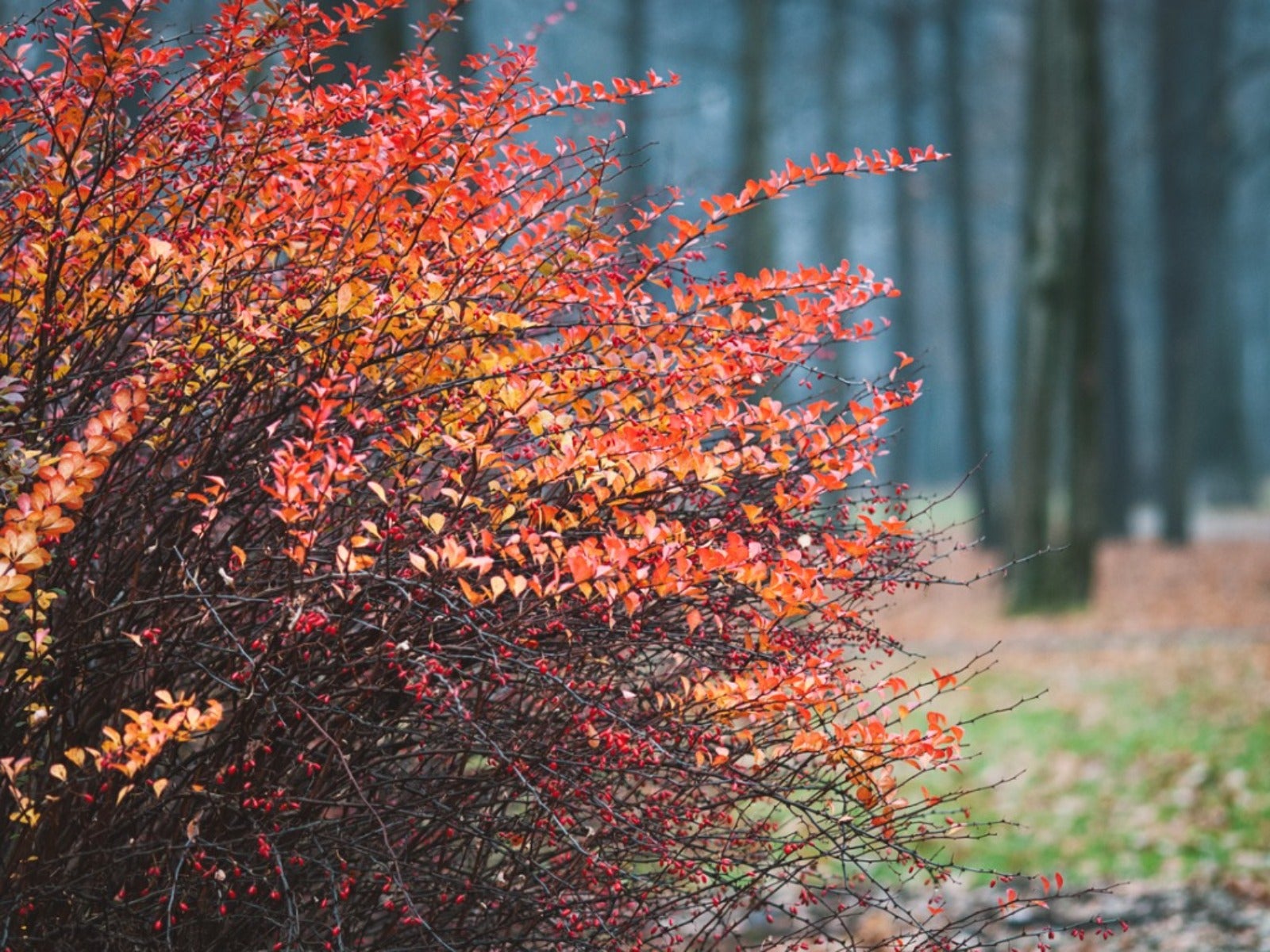Invasive Plants Northeast Gardeners Should Avoid


It's easy to understand why Kudzu, Multiflora Rose, and Giant Knotweed are considered invasive plants in New York and surrounding states. These fast-growing plants invade home gardens, are difficult to remove and crowd out native species in uncultivated areas. Yet, you might be surprised to find a number of beloved landscaping plants have also made the invasive plant list.
What Are Invasive Plants?
Invasive plants are non-native or introduced species which are so well-adapted to the environment that they rapidly grow, reproduce and spread. They compete with and crowd out native species, many of which are vital to the ecosystem. Most invasive species originated in Europe and Asia and were brought to the US as ornamentals.
Many Northeast US states have enacted laws which prohibit the collection, sale, transport, distribution, propagation or transplantation of invasive species. While the regulations don't require existing plants to be removed, planting new ones is prohibited. Homeowners are advised to check with their local Forest or Grasslands office before adding regulated species to their property.
Maine to Pennsylvania: Invasive Plants Or Beloved Ornamentals
It's hard to believe that some of the most popular landscaping plants are considered invasive. Yet these species have escaped into the forests and parks of the Eastern US, where they compete with essential native species for resources. Here are six invasive landscaping plants you may see in your neighborhood or find in your own backyard:
- Burning Bush (Euonymus alatus) Adored for its brilliant red fall foliage, Burning Bush was introduced as an ornamental in the 1860's. It produces an abundance of seeds which are spread by birds.
- Crimson King Maple (Acer platanoides "Crimson King") The beautiful burgundy leaves made this Norway maple cultivar a popular landscape tree. Crimson King maples readily self-seed by sending out two-winged helicopters.
- Common Privet (Ligustrum obtusifolium) Introduced from Asia, privet was traditionally used for hedgerows and is popular in maze, labyrinth and knot gardens. Common privet spreads by root sprouts and birds distribute the seeds.
- Japanese Barberry (Berberis thunbergii) Valued for its vibrant red or orange fall foliage, Japanese Barberry was introduced in the late 1800's as an ornamental. It has escaped into forests, where it harbors large populations of blacklegged ticks.
- Japanese Honeysuckle (Lonicera japonica) Introduced for its fragrant flowers and erosion control, Japanese Honeysuckle has become a widespread Northeast invasive vine. Identification to distinguish it from American Honeysuckle is recommended as the former has a twining growth habit which allows it to form dense mats and blanket trees.
- Running Bamboo (Phyllostachys aurea) Introduced to the US in the 1880's, Running Bamboo is one of the invasive grasses Northeast homeowners have come to love. Often used for privacy screens and noise reduction, Running Bamboo spreads rapidly via underground rhizomes.
Invasive Plants: New England and Northeast US
Whether an invasive species was intentionally planted or it naturalized on the property, it's advisable to use precautions when removing these plants from the yard or garden. Composting or shredding may not kill seeds or rhizomatous type roots. In addition, these plants might not be accepted at yard waste recycling centers.
Homeowners are advised to contact their local Extension offices should they need help identifying or properly disposing of invasive plant species. Here's a partial list of species which may be regulated as invasive plants in Northeast US states:
- Tree of Heaven (Ailanthus altissima)
- Garlic Mustard (Alliaria petiolata)
- European Black Alder (Alnus glutinosa)
- European Barberry (Berberis vulgaris)
- Oriental Bittersweet (Celastrus orbiculatus)
- Spotted Knapweed (Centaurea stoebe)
- Black Swallow-wort (Cynanchum louiseae)
- Pale Swallow-wort (Cynanchum rossicum)
- Autumn Olive (Elaeagnus umbellata)
- Glossy Buckthorn (Frangula alnus)
- Reed Sweet Grass (Glyceria maxima)
- Amur Honeysuckle (Lonicera maackii)
- Moneywort (Lysimachia nummularia)
Gardening tips, videos, info and more delivered right to your inbox!
Sign up for the Gardening Know How newsletter today and receive a free copy of our e-book "How to Grow Delicious Tomatoes".

Laura Miller has been gardening all her life. Holding a degree in Biology, Nutrition, and Agriculture, Laura's area of expertise is vegetables, herbs, and all things edible. She lives in Ohio.